During China's National Day holiday, news broke in the financial world that not only shocked the industry but also left the US feeling deeply uncomfortable.
Rio Tinto, a world-class Australian mining company, suddenly decided to accept RMB for settlement of its iron ore exports to China.
This wasn't just a simple business move; it effectively propelled the RMB into the US dollar's "home turf." The significance of this transaction goes far beyond a single invoice. It broke the US dollar's established position in the global commodities market and exposed the US to "currency pressure" from the East.
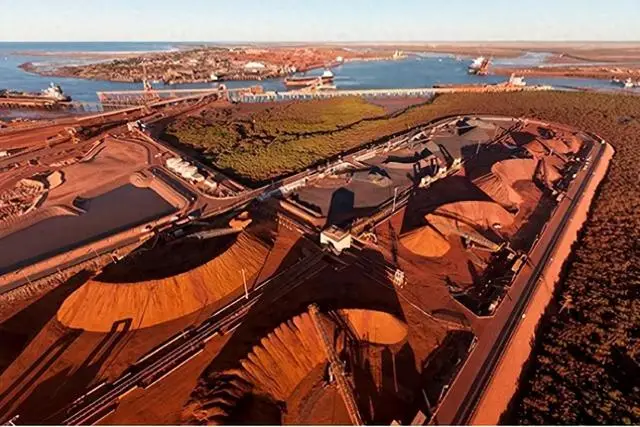
Australia's Shift: A Compromise, but Inevitable
Australia's recent stance wasn't a spur-of-the-moment decision, nor was it a random occurrence. To put it bluntly, it was the result of being "persuaded" by reality.
For a long time, Australia relied on the United States for security, but economically, it relied on China as a buyer. This "betting on both ends" strategy has held true for years, but now that China has proactively adjusted the rules, Australia must follow suit.
On September 30th, local time, Bloomberg reported that China National Mineral Resources Group Co., Ltd. had asked domestic buyers to suspend purchases of any BHP Billiton (BHP) seaborne cargoes denominated in US dollars.

China has explicitly stated that it prefers iron ore transactions to be settled in RMB. This isn't an attempt, but a clear, deliberate move.
Faced with this request, Australia is well aware of the cost of refusing. China is the world's largest consumer of iron ore, and Australia relies on this trade for many of its transactions. If it insists on settling in US dollars, it will likely be excluded from the deal. It's not that China lacks options. It has already established mineral resources in Brazil, Africa, and other regions, and Australia doesn't have the confidence to insist on a "must-have" relationship with China.
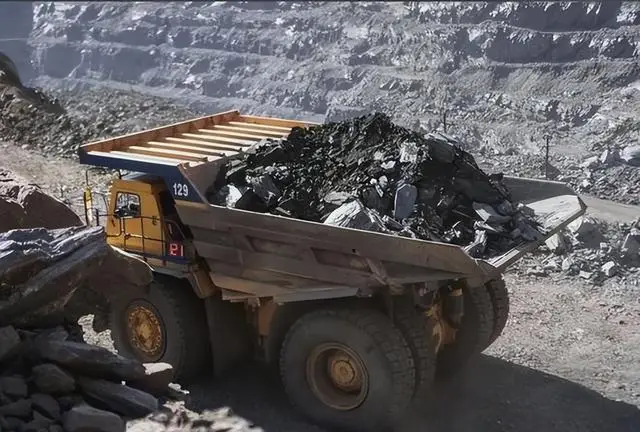
To put it bluntly, Australia's decision to accept RMB settlement is a choice made in the face of reality. It clearly understands that the economics must be calculated, and even with its close political ties to the US, it cannot afford to lose business. For Australia, this isn't a matter of "taking sides," but rather a matter of pragmatism.
With the RMB entering resource trading, the dollar's position is beginning to weaken.
Commodities like iron ore have long been the epitome of global settlement using the US dollar. This approach has remained virtually unchanged for decades.
The dollar's continued strength is largely supported by these commodity transactions. Once these transactions begin to switch currencies, the dollar's central position will be jeopardized.

The RMB's entry into iron ore trading has implications beyond a single transaction. It serves as a key, unlocking a market long dominated by the US dollar.
In the past, although China was a buyer, it could only participate in the US dollar. Now, things are different: China is beginning to set the rules with its own currency.
Once this model is accepted, subsequent changes could have a ripple effect. Seeing Australia's reaction, other mineral exporting countries may also consider adjusting their strategies.

After all, everyone wants to be on the same side as their buyers, especially major clients like China. If RMB settlement is more convenient and stable, why not cooperate?
This change isn't drastic, but it has a direction. The RMB isn't challenging the US dollar all at once; rather, it's gradually expanding its influence through actual transactions. The US dollar hasn't lost its dominant position immediately, but its monopoly is being eroded.
The US is uncomfortable, not because of the money, but because of the trend.
On the surface, the US hasn't suffered a direct loss from this deal, but the pressure it feels is actually greater. This pressure comes not from the RMB itself, but from shifting trends.
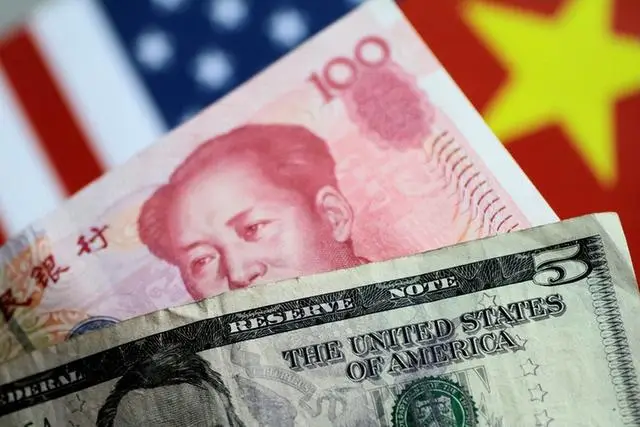
The US dollar has long benefited from the global trade system. As long as countries continue to settle in US dollars, the US can control the financial system, and global capital flows are subject to its policies.
But now, China is no longer accepting this arrangement wholesale. Instead, it is forging an alternative. Rather than a head-on confrontation, it is carving out its own path, gradually replacing trade, settlement, and cooperation systems with the RMB. What the US is most worried about isn't a single country switching to the RMB, but rather the fact that more and more countries are adopting this practice.

Once adoption reaches scale, the dollar's authority will be weakened. In particular, traditional allies like Australia have chosen the RMB, suggesting that the dollar's "circle of friends" is disintegrating.
The US certainly won't sit idly by, but it doesn't have many effective options. Militarily, it can demonstrate its presence, but economically, it can't prevent countries from making choices that better serve their own interests.
Especially amidst global inflationary pressures, interest rate fluctuations, and a tense financial environment, many countries are no longer willing to rely solely on the US dollar.

The RMB is building trust through actual transactions, which is the most solid and convincing path. No matter how reluctant the US is, it can only watch as the situation gradually changes.
This is just the beginning; the bigger picture is just beginning.
The RMB's entry into the iron ore market is a clear signal: global currency competition has moved from theoretical to practical. China is no longer just talking about the vision of RMB internationalization; it is turning that vision into reality through real transactions.
This transformation won't happen overnight, and there won't be any major adjustments to the reserve systems of central banks. But the direction has emerged, and change is underway.
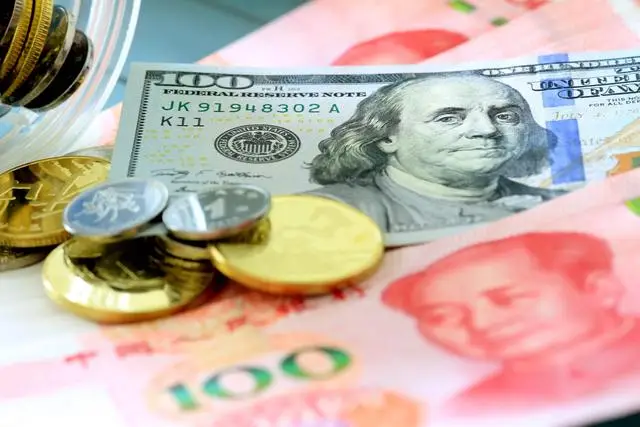
China hasn't resorted to sloganeering or coercion; instead, it has brought the RMB into areas previously dominated by the US dollar through stable trade relations and genuine market demand.
This approach is both reliable and effective. It doesn't require a complete overthrow of the old order, but rather gradually weakens the US dollar's control through substitution and gradual replacement.
Iron ore is just the first step. If more commodities begin accepting RMB settlement in the future, the RMB's influence will expand further.
By then, the global financial landscape could undergo fundamental changes, and the starting point for all this is Australia's recent "pivot."
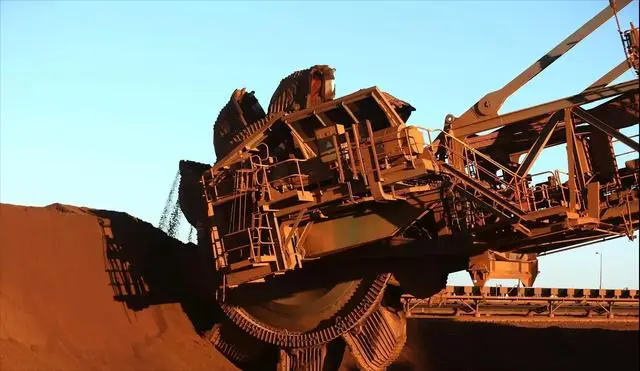
The direction of the monetary world has shifted, and the United States no longer "dominates the stage."
For decades, the US dollar has been at the core of the global monetary system, but now, that position is beginning to weaken. Rather than directly confronting it, China has used the RMB to gradually circumvent the dollar's dominance and enter the core areas of resource trading.
Australia's choice is not an isolated case, but rather a microcosm of a trend.
In the new era of economic globalization, more and more countries are pursuing currency diversification and financial autonomy. Whether the RMB can ultimately change the landscape remains to be seen, but it has already taken a crucial step.
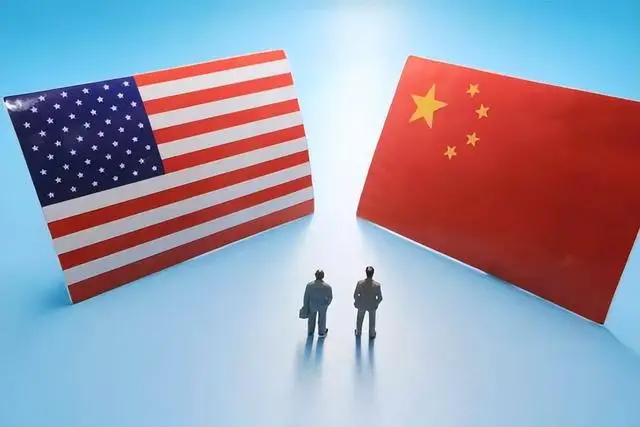
The US's anxiety isn't due to the deal itself, but rather to the waning global reliance on the US dollar. China's strategy, however, is to quietly and gradually reconstruct the old order.
This currency war is no longer about "who is stronger," but rather "who is more stable" and who can reassure the world. The RMB is redefining the rules in its own way.




